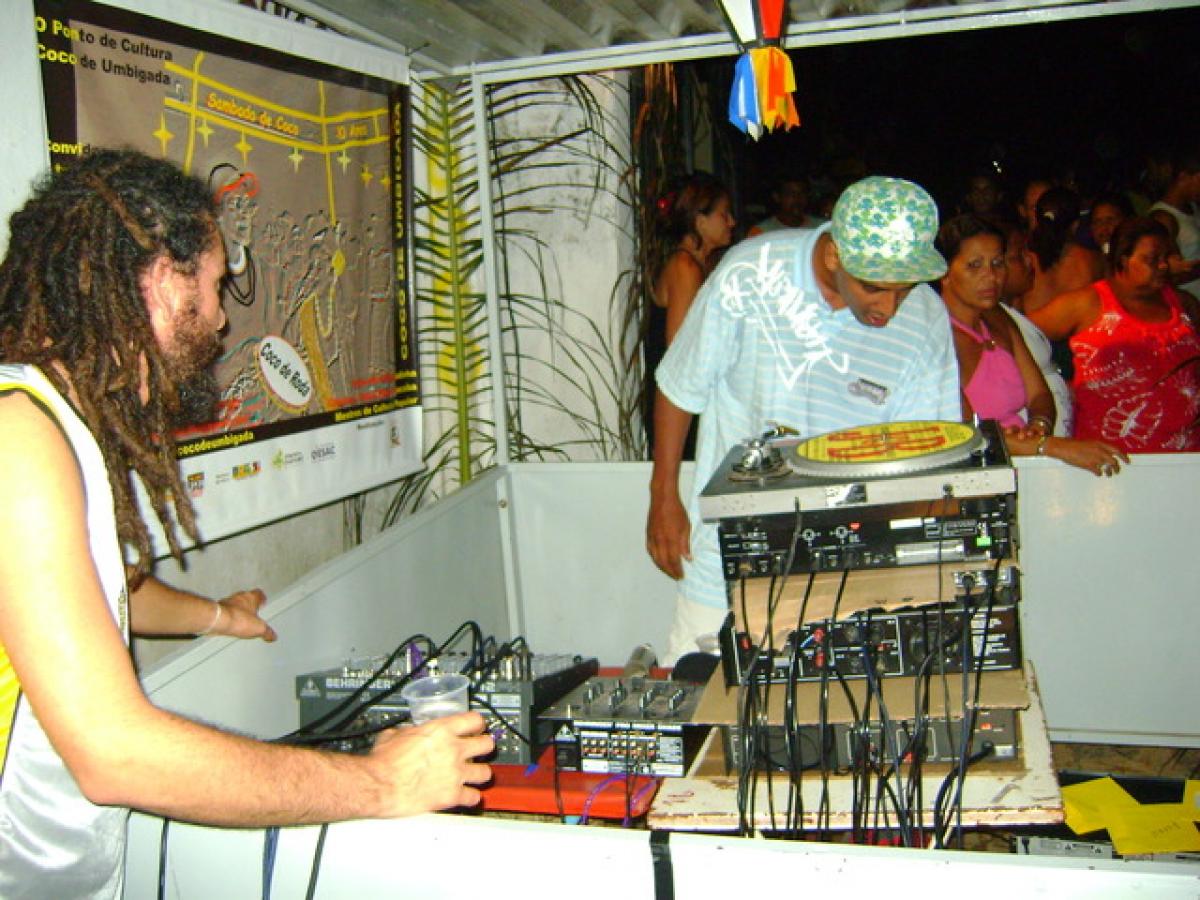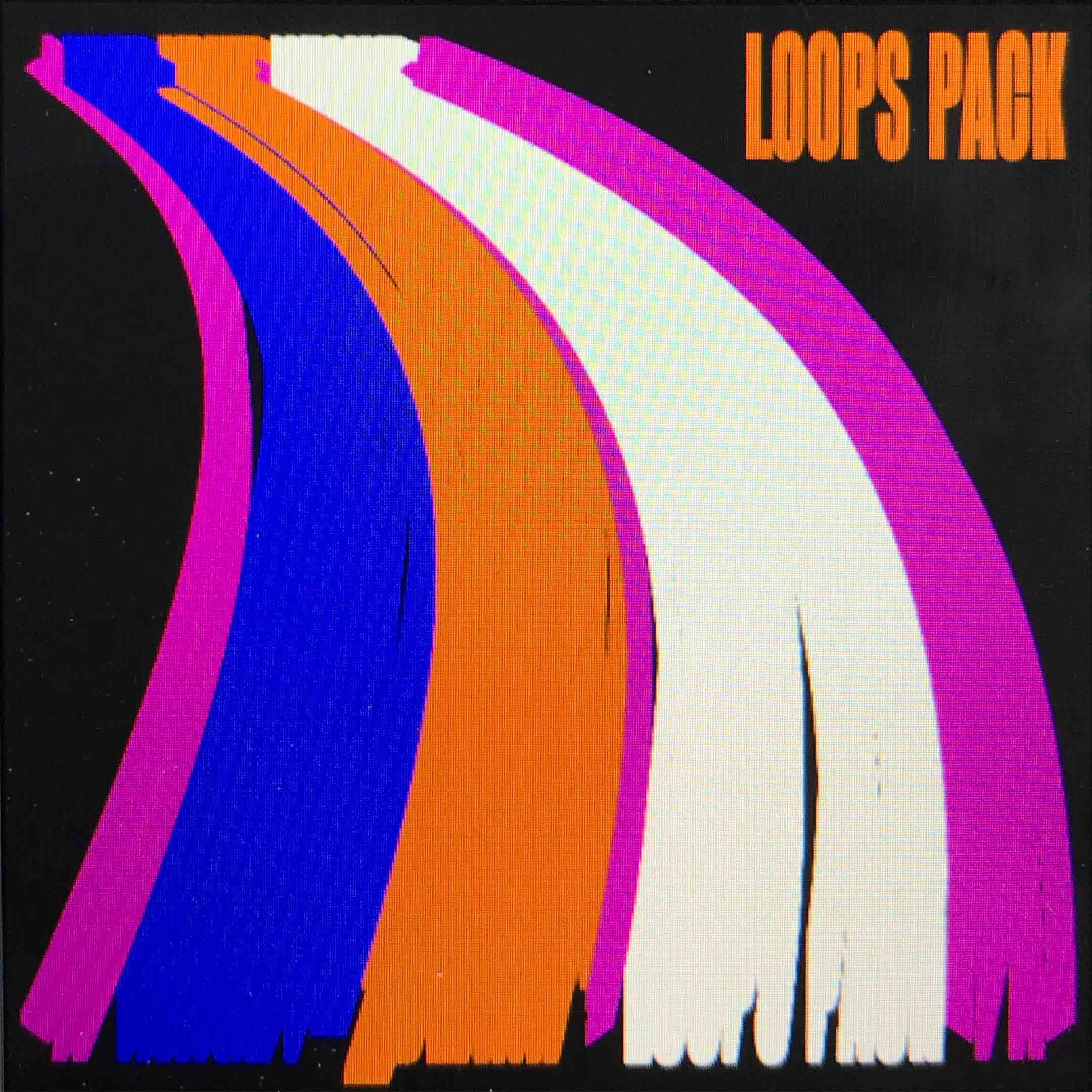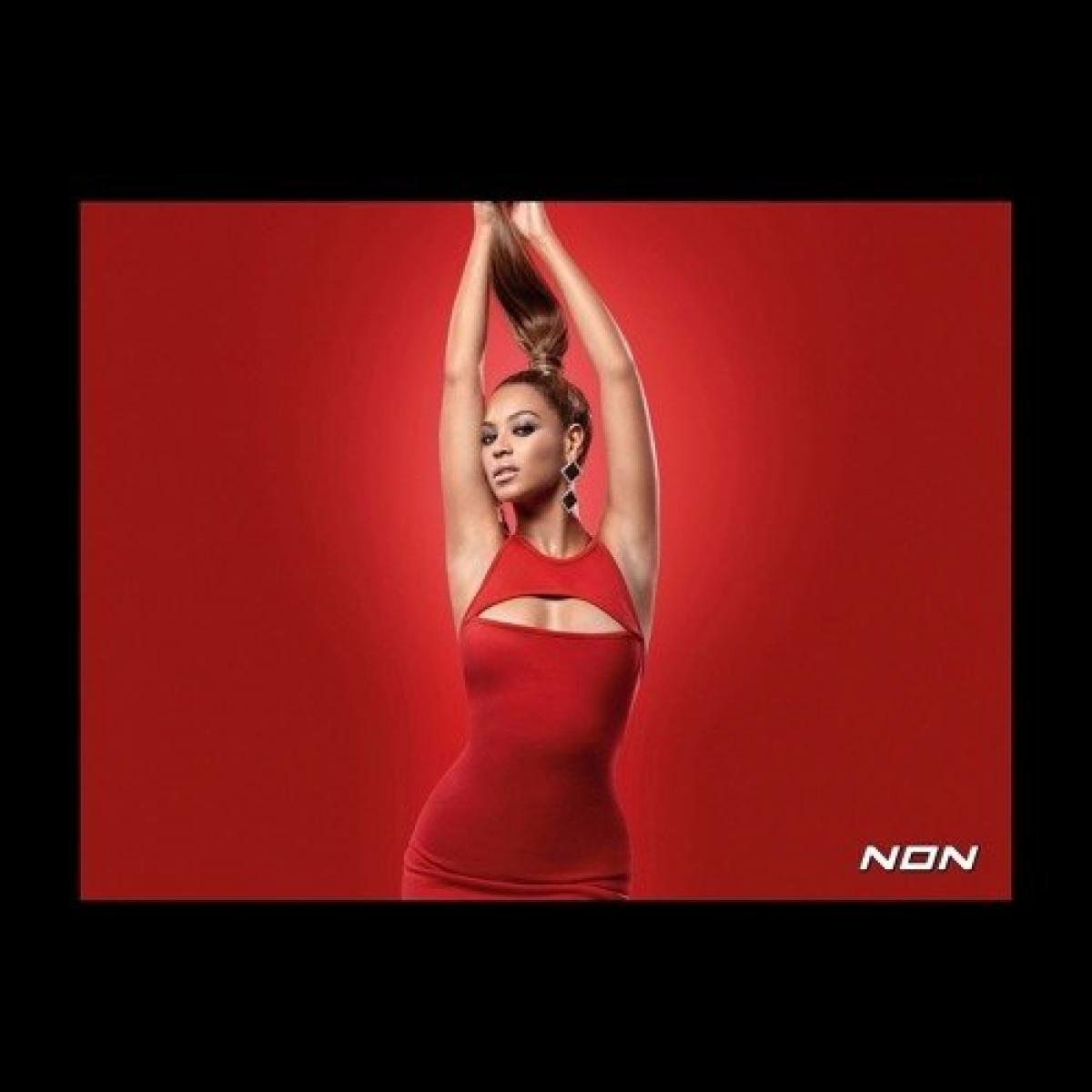
Spreading Cultural Heritage Through Remix and App Technology
Cristiano Figueiró and Henrique Souza Lima created a track made by sampling, editing, and remixing recordings from a performance made by the Brazilian group Côco de Umbigada (CdU). In this article, Figuerió and Souza Lima contextualize the CdU as a cultural and political agent in the city of Olinda, Brazil, and they describe the choices they made while working with the recorded material. Furthermore, they introduce the app Esmeril, which was used in the production process, as a platform for tweaking recorded audio on the fly. The creative work the two Brazilian sound researchers present here is contextualized through their political understanding of working at the intersections of sound, technology, and cultural heritage.
In 2010, the research project Semussum invited the performance group Côco de Umbigada (CdU) to record a session of the musical practice of côco (which shall be introduced to the reader further below) in the city of Olinda in North-Eastern Brazil.1 The team, headed by music journalist Ronaldo Eli, managed to bring together legendary musicians such as Mother Lucia de Oya, master Zeca do Rolete, and master Pombo Roxo (deceased in 2015), along with the current core group of CdU led by Mother Beth de Oxum on vocals and pandeiro, Oxaguiã on ganzá, Quinho Caetés on congas and Daniel Albuquerque on zabumba. The project’s recording team was Ricardo Ruiz, Jose balbino, Ricardo Brazileiro, Ronaldo Eli, Sérgio Melo, and one of the authors of this article, Cristiano Figueiró.
Besides being a performance group, the CdU is also a cultural center dedicated to the preservation of the local black cultural heritage in the Guadalupe neighborhood in Olinda. Founded in 1998 by Beth de Oxum (*1964), the center promotes activities intersecting education, technology, communication, and art as a means for revitalizing different expressions of Afro-Brazilian cultural heritage. Through the ethic orientation of not separating militancy and enjoyment (Savazoni 2018), the CdU organizes the «sambada», a mix of party and political act that rescues a particular way of playing the côco from an ancient tradition of the family of Quinho Caetés, the husband of Beth de Oxum and co-founder of CdU.
The Musical Framework of CdU: Côco
Musically speaking, the côco has two main characteristics: voices sung in a responsorial way, and the beat made through particular rhythmic cells. The basic cell of côco is played on a drum called zabumba, which is the bass drum that marks a syncope in the fourth sixteenth note of the first beat of each bar. Throughout the executions, the zabumba continues to vary freely but always returns to syncope in the first beat.
Ten years after the recording project Semussum took place, we now present an excerpt from that session with the instruments in separate tracks and a remix composed for the app Esmeril with the loops pack used in the remix. The Esmeril interface facilitates an attitude of sound recombination. We believe that this way we are able to bring up the richness of this music through a creative platform that reaches artists through the appeal of the CdU’s particular sonic fabric. Through this app, we intend to invite other artists to get in touch and to relate creatively with this musical material. Instead of publishing a finished experimental musical work, the purpose of this open remix and sharing this material is to create a sound palette that could dialogue with an experimental electronic sound creation perspective, maintaining the identity and musical richness of CdU. Let us now present how we approached this remix, how we took the decisions which samples should finally be part of it, and how the editing process evolved.
The Process of Selecting, Sampling, and Editing
First, we carefully discussed how we would like to activate this music in the context of a remix. We wished to work with this music in a respectful way, maintaining its original characteristics and preserving its vitality while relating it with digital signal processing in Esmeril. Although Esmeril allows radically transformative interventions on the recorded sound, we wanted to respect the côco as a very particular cultural expression. Our challenge was to reconcile both factors.
One of the key features of côco, for example, is its fluctuations of tempo since the musicians use to play without a metronome. To deal with this, we did a manual quantization on the loops we selected to keep large samples in dialogue with sequenced beats. In the editing process, we adjusted the tempo fluctuations in a way that does not alter the rhythmic structure. In the remix, we avoided placing the original rhythms as ornaments of a composition and we assumed the musical structure of the original material as the pillars of an open, electronic, dance, and experimental work. While studying the original audio, we proceeded with the creation of sequenced sound excerpts responding to the recorded material. Beats, chords, and textures built an electronic palette to fit the ancestral grooves.
Creating Complex Rhythms with the Esmeril App
Esmeril is an expanded audio player that has an interface designed for remixing and live performances. The platform is developed and hackable with Pd2 and is available under a General Public License (GPLv3). Esmeril is still in an early stage of development and represents an ongoing research project conducted by one of the authors of this article, Cristiano Figueiró, and his colleagues Guilherme Soares and Bruno Rohde at the Federal University of Bahia (UFBA) and the Federal University of Recôncavo da Bahia (UFRB).
The application uses the idea of symmetric slicing to define loop regions. The possibility of defining loops of different sizes allows the creation of complex rhythms with non-synchronized cycles. The interface allows switching between beatslice and multigranular modes allowing overlap complex rhythms between sequenced and multi-touch grains scratched directly in the waveform.
The design of the interface was done in such a way as to show all possibilities of remixing on a single screen. The idea was to create a platform that allows the insertion of audios created in other platforms and creative setups through a certain standardization of the format for remixing and sharing. From the perspective of free software and the enhancement of cultural and autonomous artistic practices, Esmeril is an open platform both in code and in the production of the content that will be made available.
Stimulating Collaborations with the Music of CdU
The CdU originates from meetings of black people in the Brazilian slavery period. This cultural heritage is understood by its current leader Beth de Oxum as something that is in the process of being recreated. From this understanding, she preserves tradition through the activation of Afro-diasporic cultural heritage in today’s digital information circuits. Digital media are used as platforms for spreading CdU’s political stance on culture. This is reflected, for example, in the sonic difference that can be heard when the musical expression of the CdU in its original context is transposed to large concert stages, in which the sounds of handmade drums are mixed with effects approaching from dub and sound system culture.
The colonial past of slavery is still very present in Brazilian culture, reflected in deep social, economic, and cultural inequality. With the extinction of the Ministry of Culture in 2019, cuts in funds, and ideological attacks by the government against popular culture, this situation is becoming much more problematic nowadays. In contrast, we strongly believe in the richness of the musical heritage represented and recreated by CdU. We hope that this remix will take these sounds to more people and spread sound creativity. It carries the desire to value and strengthen Brazilian popular culture from African origins.
The sound result must change a lot and be refined with each performance and collaboration made by other artists or users. The Esmeril platform remains open as a creative open source and multiplatform possibility. We believe that the decision to publish this remix will bring new perspectives of circulation and possible collaborations with CdU’s music and with the Esmeril platform.
- 1. The «Semussum» project was the result of a call from the Brazilian Ministry of Culture on the line of digital culture. The idea was to promote musical experiences among masters of popular culture and researchers in computer music and free software activists. The participants were taught to install Linux and free software for recording and music production, how to position microphones, and how to set up a basic recording.
- 2. «Pd» stands for Pure Data, an open source programming environment for sound design and interactive art, available at www.puredata.info.
List of References
This article is part of Norient’s online publication Sampling Politics Today, published in 2020 as part of the research project «Glocal Sounds – Re-Working and Re-Coding Place References» (No. 162797), funded by the Swiss National Science Foundation (SNSF) and supported by the Bern University of the Arts HKB.
Bibliographic Record: Figueiró, Cristiano, and Henrique Souza Lima. 2020. «Spreading Cultural Heritage Through Remix and App Technology». In Sampling Politics Today, edited by Hannes Liechti, Thomas Burkhalter, and Philipp Rhensius (Norient Sound Series 1). Bern: Norient. DOI: 10.56513/nftg6449-6.
Biography
Biography
Links
Published on September 24, 2020
Last updated on April 09, 2024
Topics
How artists deal with the practice that some call «time-travel» and others «audiotopia».
What happens when a Muscovite electronic producer meets Circassian folk musicians? What rules are needed for intercultural cooperation between individuals?
How does the artits’ relationship to the gear affect music? How to make the climate change audible?
Sampling is political: about the use of chicken clucks or bomb sounds in current music.
Special
Snap


